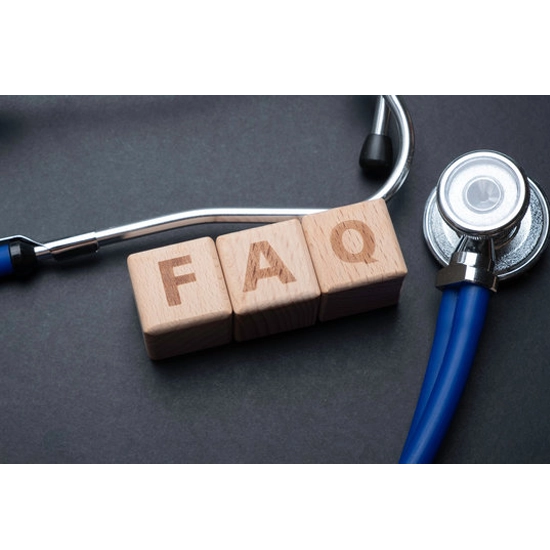 Test.webp)
Book Platelet Count Fluorescent (PLT-F) Appointment Online Near me at the best price in Delhi/NCR from Ganesh Diagnostic. NABL & NABH Accredited Diagnostic centre and Pathology lab in Delhi offering a wide range of Radiology & Pathology tests. Get Free Ambulance & Free Home Sample collection. 24X7 Hour Open. Call Now at 011-47-444-444 to Book your Platelet Count Fluorescent (PLT-F)
This test estimates platelets in patients who usually exhibit low platelet count. It is used frequently as it is more precise than the other techniques.
This technique is more accurate in checking the platelet levels in patients with low platelet counts. It reduces the disturbances of fragments of red and white blood cells.
The fluorescent dye is very selective for platelets.
They are commonly known as thrombocytes.
They are the tiny part of your blood that helps in the hemostasis. They make a group and form a clot to prevent further bleeding at the site where the tissue is injured. They are the lightest component of the blood.
They are present at two locations in the body:
Blood contains plasma, white blood cells, red blood cells and platelets. The reason that they reach the injury site is their light weight. They are lightweight, so they are the fastest to reach the injury.
They are tiny, pale parts of cells. As the name suggests, they're plate-shaped.
A dye named Oxazine is used. It differentiates the platelets as compared to the other cells of the blood. The fluorescence intensity achieved this.
| Test Type | Platelet Count Fluorescent (PLT-F) |
| Includes | Platelet Count Fluorescent (PLT-F) Test (Pathology Test) |
| Preparation | |
| Reporting | Within 24 hours* |
| Test Price |
₹
|

Early check ups are always better than delayed ones. Safety, precaution & care is depicted from the several health checkups. Here, we present simple & comprehensive health packages for any kind of testing to ensure the early prescribed treatment to safeguard your health.